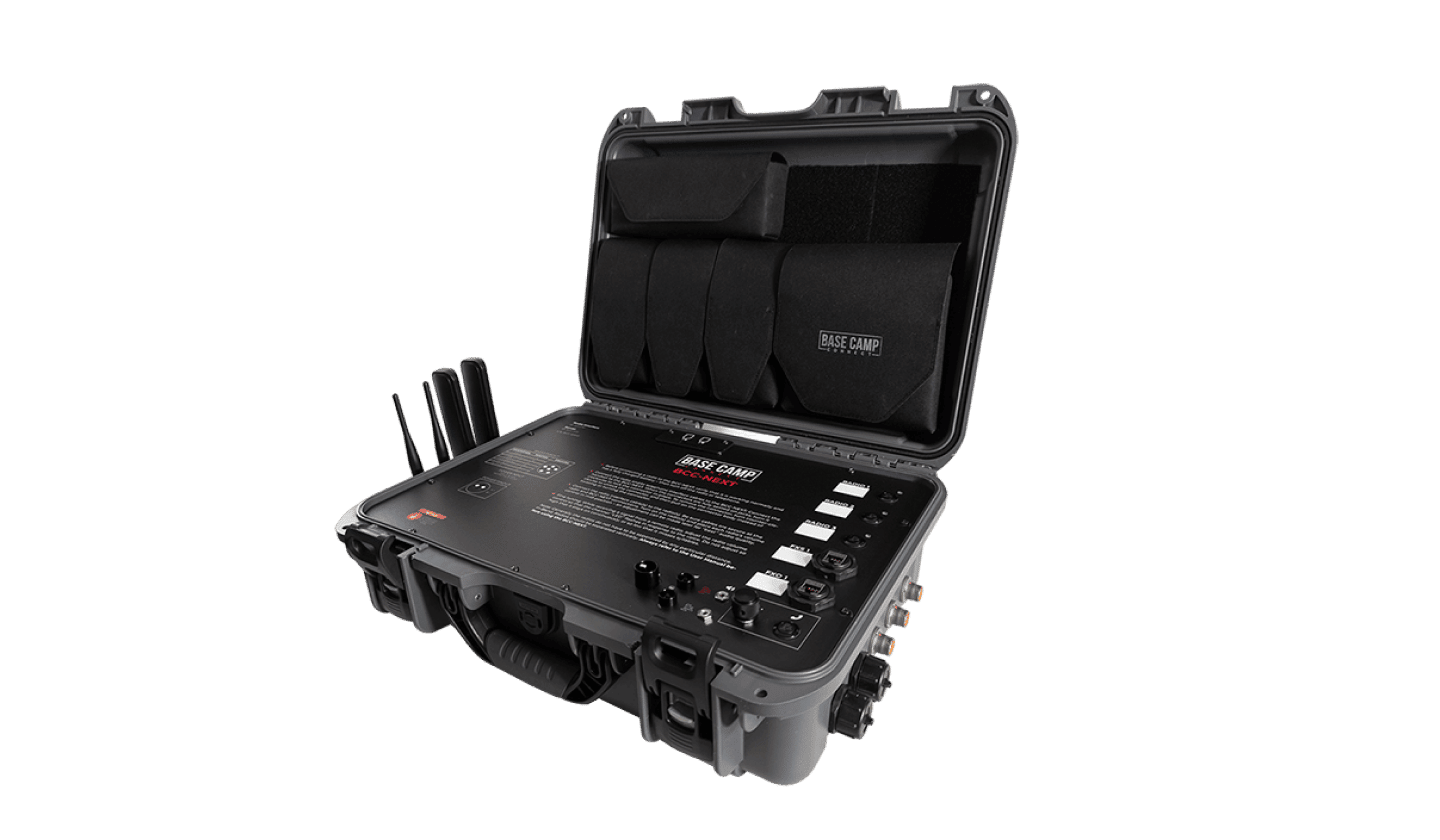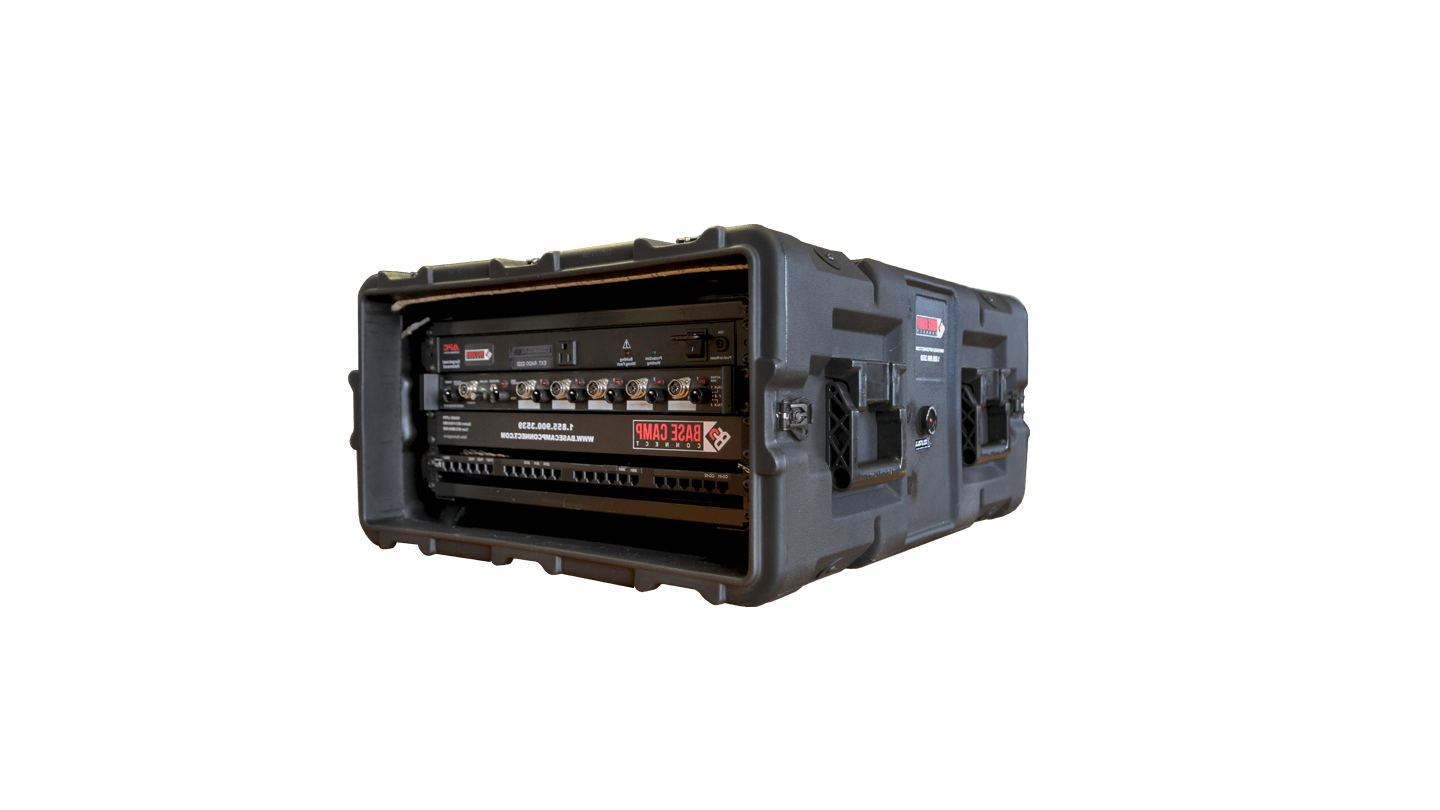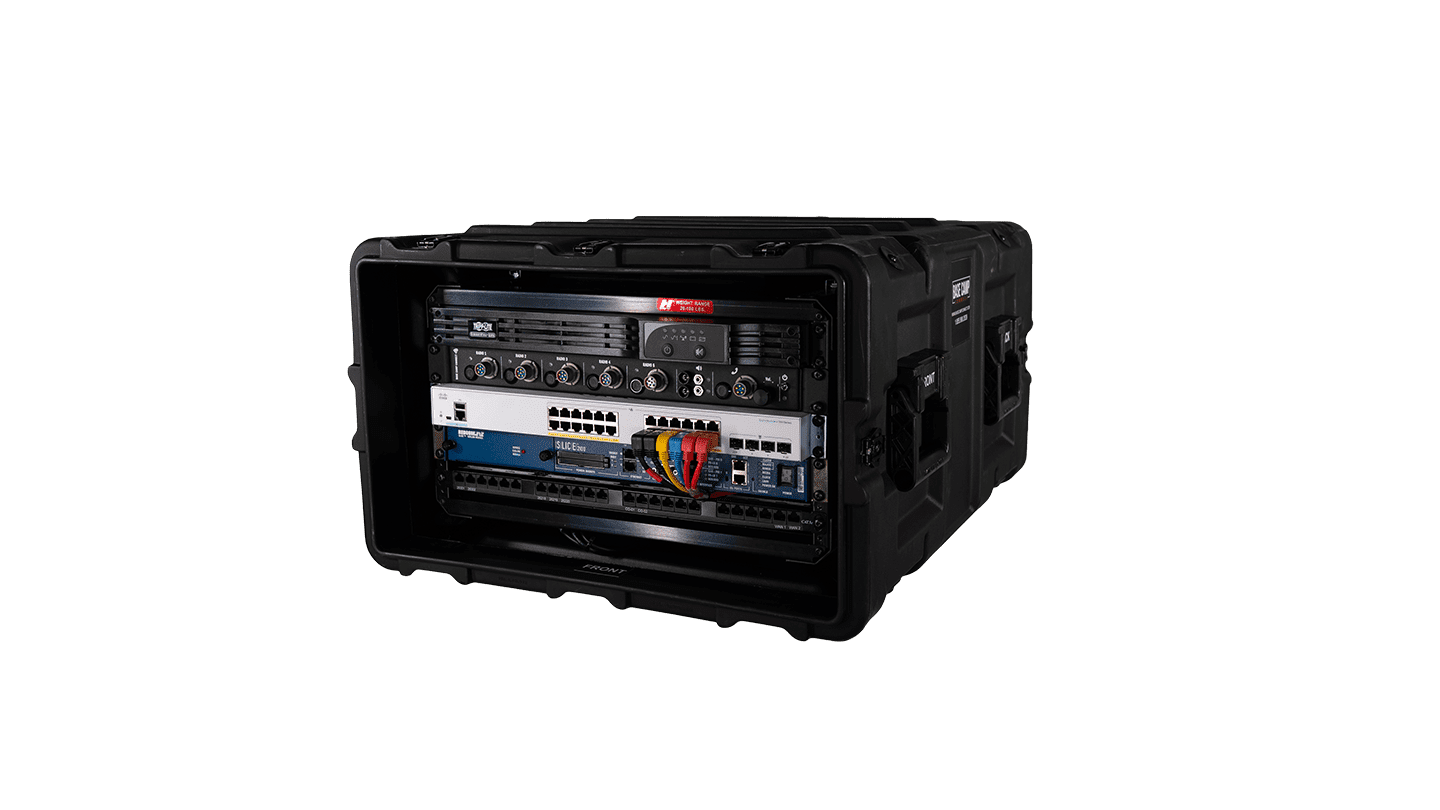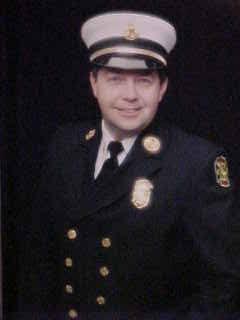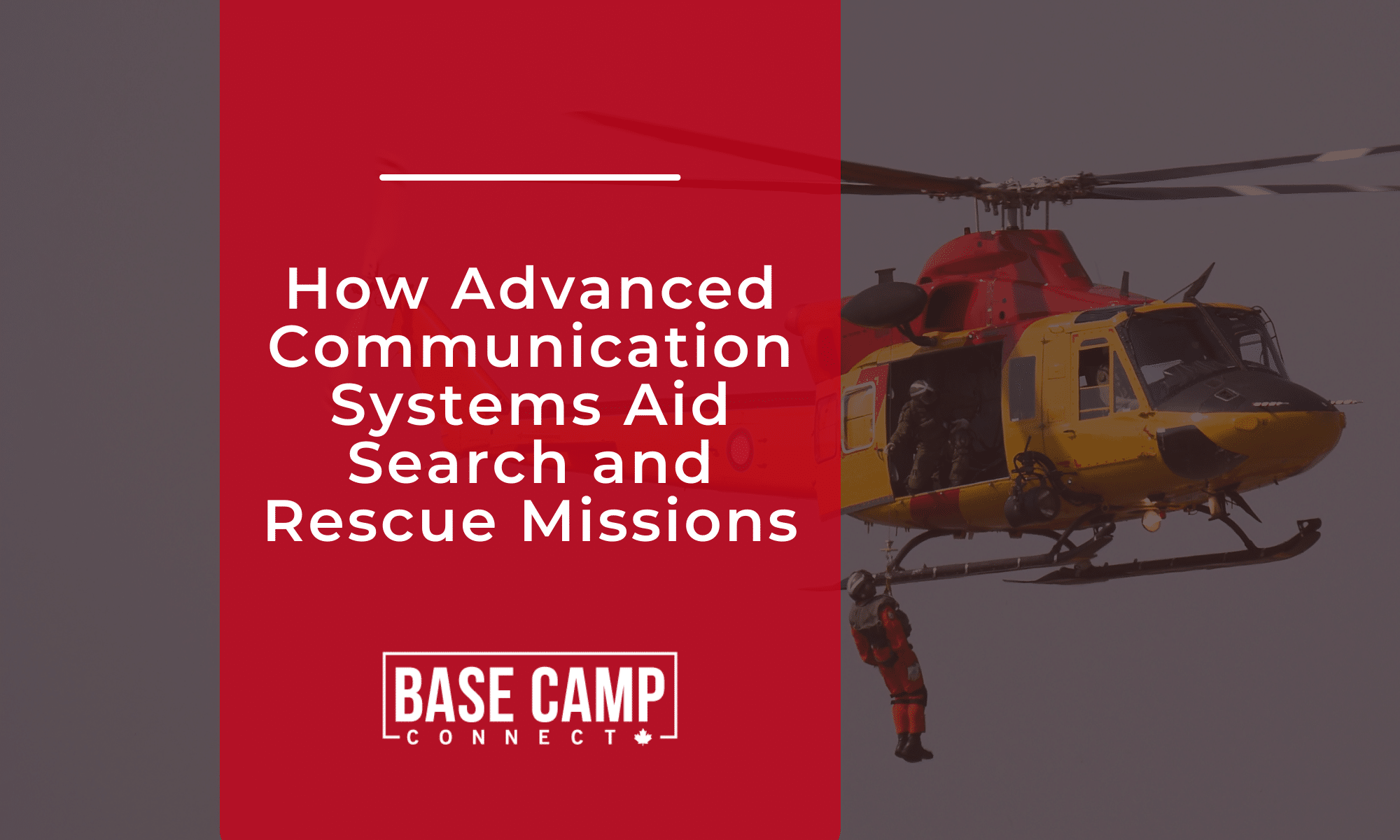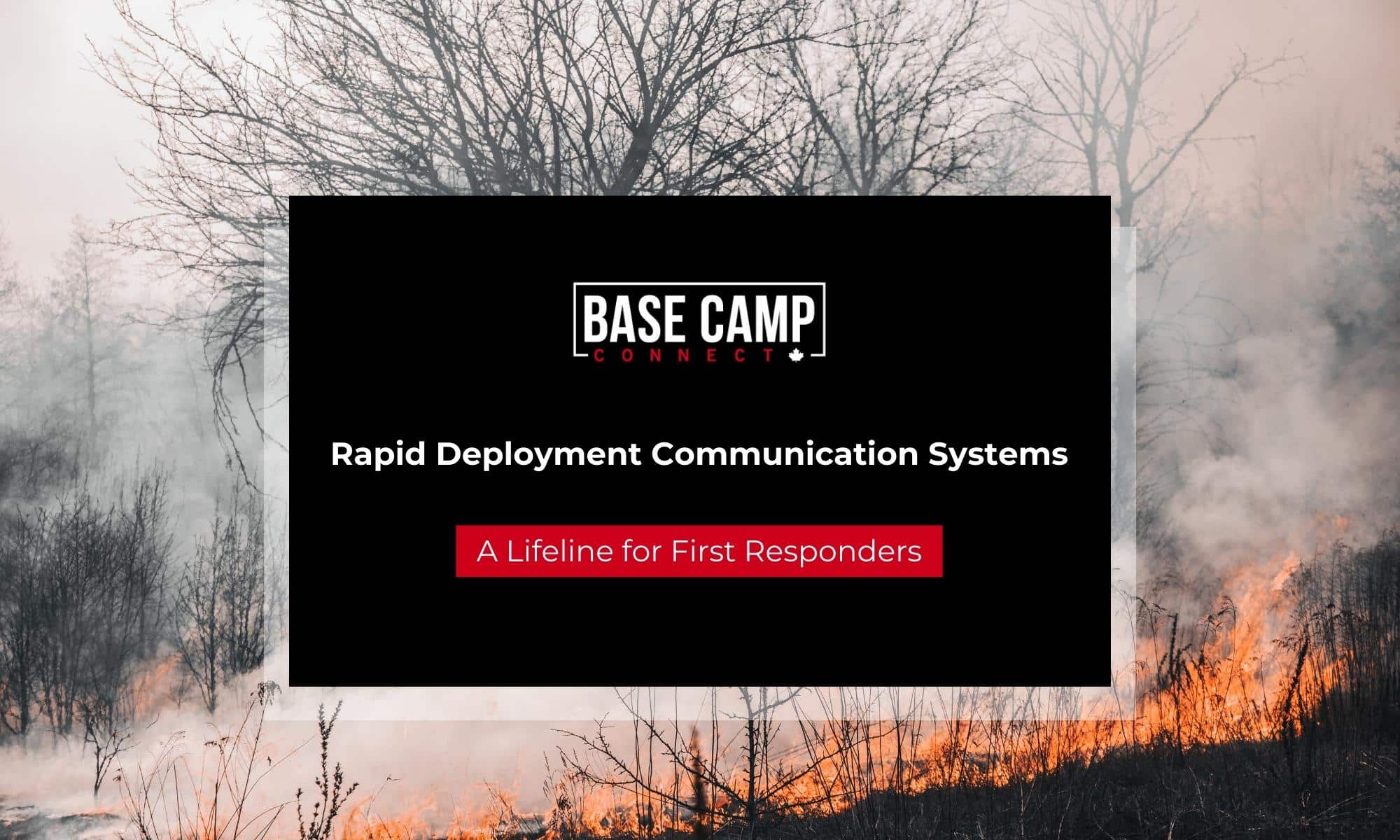The first and most obvious question is WHY? Why do you need a mobile command post? What is the intended purpose for it; is it to be used by one department or will it be used by multiple departments. Is there another department or agency that already has a mobile center post available to provide its services when you need it? Not every department needs to have a state of the art command post. Let me list out some of the basic questions here now:
- Is this a brand new custom made unit or will it be a retro of an existing vehicle
- Who is going to pay for the vehicle
- Who is going to say what communications equipment is needed
- Who is going to pay for the communications equipment
- Who is going to be responsible for the maintenance of the vehicle and equipment
- What missions can it support
- What is the intended purpose of the vehicle
- Is the vehicle large enough to hold command staff meetings in
- Will it have other accessories built into it like a microwave or bathroom
- Who will staff the vehicle when it is dispatched to an emergency scene.
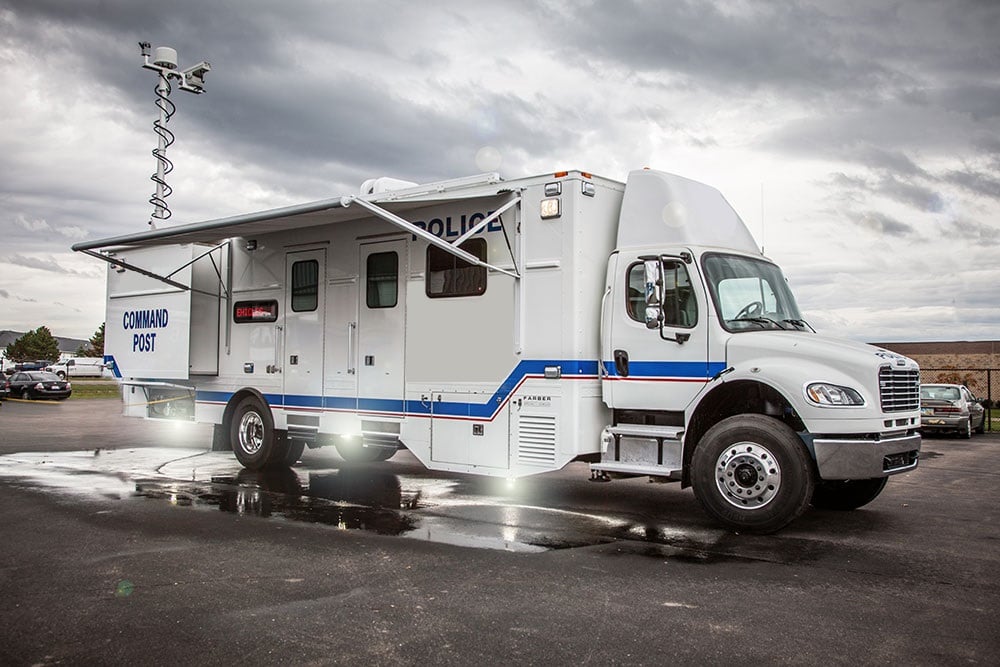
- #1 Is this a brand new custom made unit or will it be a retro of an existing vehicle
Let’s take a more in-depth look at each of these topics. The first one is are you going to take the time and design a custom built vehicle or are you going to take an existing ambulance or bus and retro fit it with all the equipment you want. For many organizations this is going to come down to the next question as far as who is going to pay for it ? This type of vehicle can run into the hundreds of thousands of dollars depending on the size of the vehicle and equipment to be installed. Who is going to design the unit, do you have people within the department that can do it or are you going to let the sales person tell you what you need to purchase. Many command post builders have new units already built and ready to sell at a lesser cost than if you go custom build.
Remember when talking about the size of the vehicle it should include the discussion of where we are going to park it; is there a safe and secure location where it can be left when not being used. If you are going to retrofit an older vehicle like a bus or ambulance remember, it is old to begin with. The issues that made it surplus are the same issue that will make it unreliable for an emergency response. You will want a mechanic to go over the vehicle top to bottom, including the framework, to ensure it is still safe to operate.
- #2 Who is going to pay for the vehicle
Who is going to be the funding source for the mobile command center is next. A committee of involved parties needs to sit down and decide who can bring the needed funding to the table. The Fire, Police, EMS, Emergency Communications and Emergency Management all having different funding sources that can be utilized. There are numerous grant programs that could fund the vehicle, the equipment and / or both. The questions on this list are all questions that will need to have answers for the application forms. For a city or county department to fully fund a project like this will require months’ worth of plan and approvals and it will not happen fast. There are EMP grants available from the federal government that can assist and there are many local companies that may be willing to help with the project. (Never ask one company to cover the cost of the entire project, spread the cost around to multiple companies and advertise the fact that they did provide support). If money is limited how about searching on line for a used command post vehicle. (I just did an online search and found about 20 trucks available right now).
- #3 Who is going to say what communications equipment is needed
Before we can decide who is going to pay for the communications equipment we need to develop a wish list of equipment to be installed. The basic radio communication radios to be able to talk to fire, police and ems are a given, but how many seated locations will be needed. For large scale operations within a larger department, 2 to 3 position could be needed with redundant equipment. The missions supported by the vehicle help focus you on what you might need. The next area would be how many frequencies will be need to loaded in the radios and which bands; nowadays several technologies allow radio interoperability . Besides the radios you will have the cost of the cables, power cords, microphones, antennas and installations to figure into the budget. Take the time to visit some of the other communications units in the area or at the trade show to get ideas; even online searches can turn up a lot of helpful information.
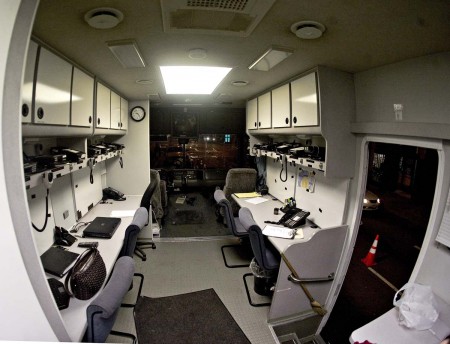
- #4 Who is going to pay for the communications equipment
When we talk about the purchase and payment of the communications equipment most departments have a line item for radios but these purchases should be kept outside of the regular budgeted items because it is a one-time purchase and the funding source could hopefully come from and external source like a grant. There is a fine line between buying what you really need and what you would really like. Look at each purchase as if you will have to justify it to a newspaper reporter or a town/city/county government official wanting to know why you spend all this money on a big truck that is just going to sit behind the station just in case there is a big event. (Plan to use the vehicle for as many events as possible, fairs and carnivals, open house, national night out, fire prevention week; this will keep people familiar with the operation of the unit and the public and officials will see it being used).
- #5 Who is going to be responsible for the maintenance of the vehicle and equipment
Who is going to be responsible for the care and maintenance of the vehicle between calls? Will one department have control over the unit and see that it is kept fueled and the oil gets changed. Who is going to handle frequency changes and updates on radios in the unit. Is the vehicle parked in an area that is safe from vandalism, flooding and being blocked in by other vehicles that think that it is not being used and they can park in front of the vehicle. There have been some interesting stories about multi-agency command post having arguments over the placement of agency decals on the vehicle and this needs to be discussed and ironed out prior to the construction of the vehicle and should include a diagram of the vehicle with the decal placement shown for all to see.
Thank you and be safe!
If you want to read Part 2, click here


